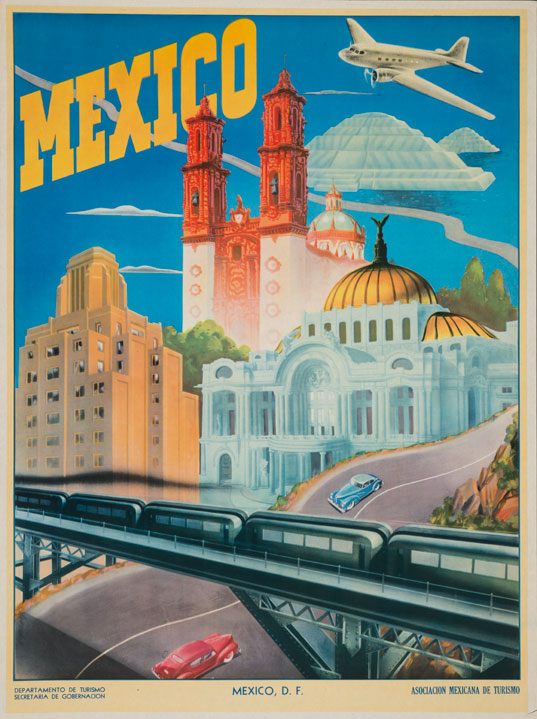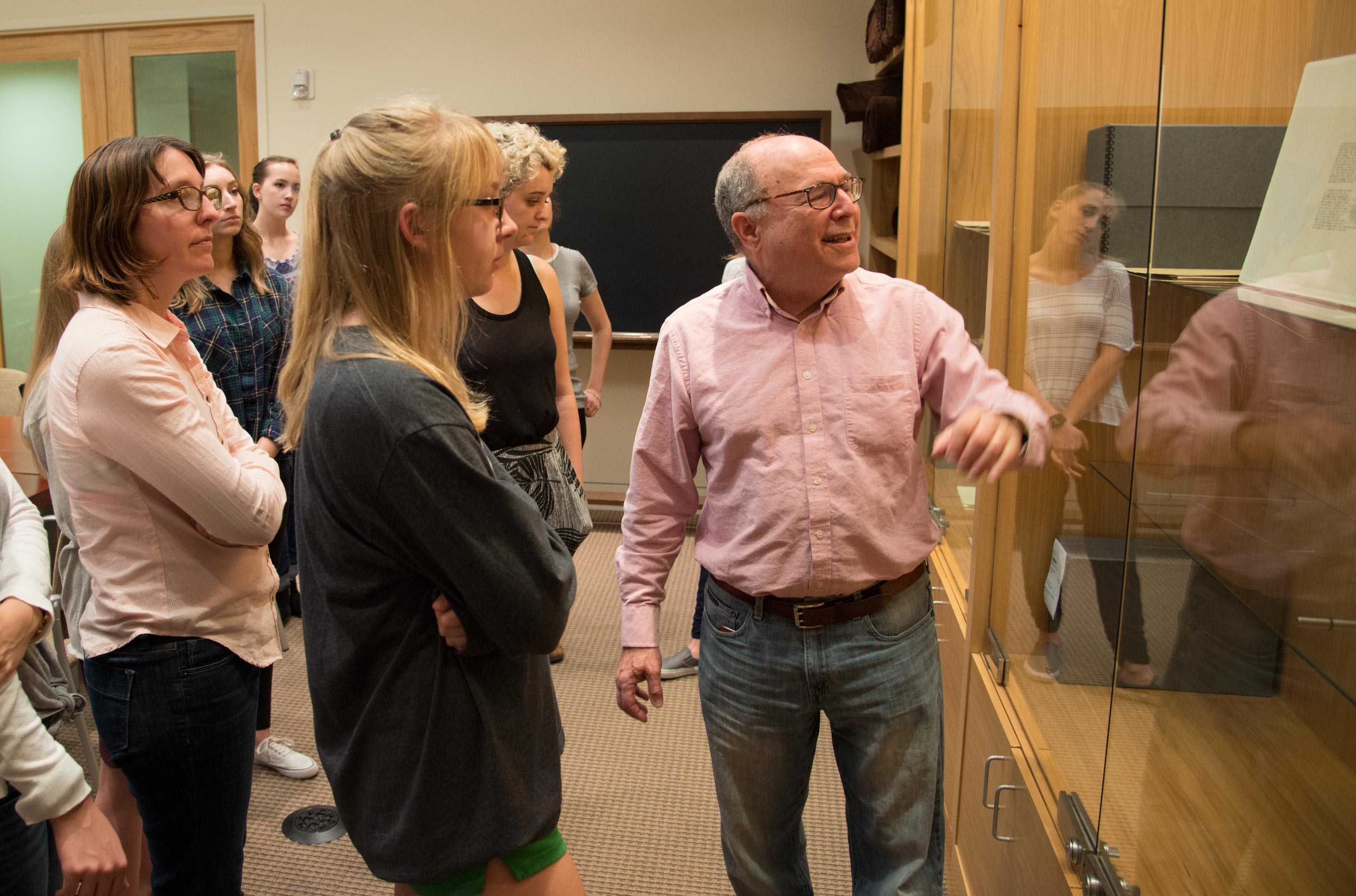Harriet de Onís was one of the most influential translators of Latin American literature and foresaw its mid-century boom. [Read more…] about A Glutton for Books
Alfred A. Knopf
Austin Community Foundation grant assists forthcoming Mexico Modern exhibition
The Harry Ransom Center is pleased to share the news that we received a $17,930 grant from the Austin Community Foundation. [Read more…] about Austin Community Foundation grant assists forthcoming Mexico Modern exhibition
Out of the classroom, into the collections: Undergraduate class brings students to Ransom Center archives
Kathleen (Katy) Telling is a Plan I Honors Junior at The University of Texas at Austin, majoring in History and French. She’s taking Dr. Robert Abzug’s “Religion and Psychology in Modern American Culture,” which meets periodically at the Harry Ransom Center. [Read more…] about Out of the classroom, into the collections: Undergraduate class brings students to Ransom Center archives
![Alfred A. Knopf (American, 1892–1984), Harriet de Onis and [João] Guimarães Rosa, 1966. Gelatin silver print, 12.8 x 8.8 cm. Alfred A. Knopf literary files, 6.76](https://sites.utexas.edu/ransomcentermagazine/files/2017/11/Harriet-featured.jpg)

